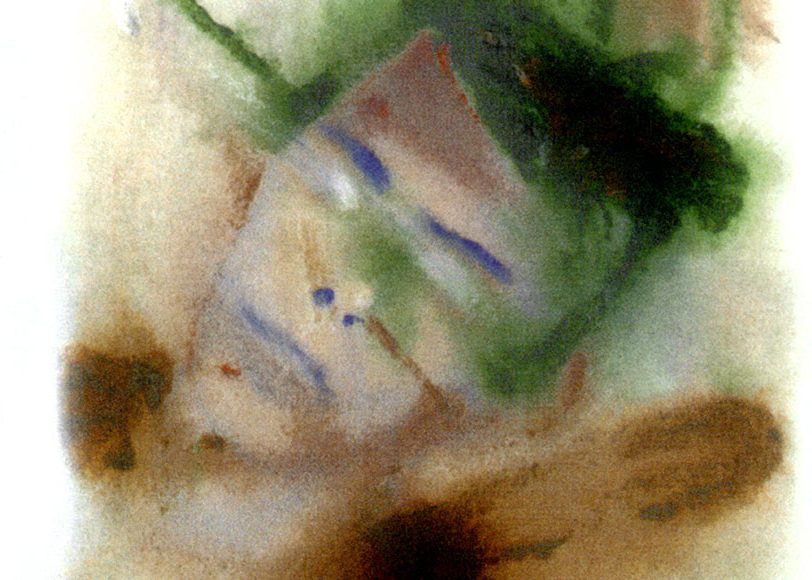After reshaping the future of rock music with a breathtaking run of albums in the 70s (see The Rise And Fall Of Ziggy Stardust And The Spiders From Mars, Aladdin Sane, Young Americans, Station To Station and Low, just for starters), David Bowie refashioned himself in the following decade as a pop artist capable of turning out post-disco dancefloor hits courtesy of the Let’s Dance album, and maintaining that run on the charts with its follow-up, Tonight. Look to the end of the 80s and the early 90s, however, and you see hints of his return to uncompromising art-rock. Take the harder-edged abstractions of Never Let Me Down, the muscular aggression that underpinned much of Tin Machine and Tin Machine II, and the more experimental moments of Black Tie White Noise and the The Buddha Of Suburbia soundtrack, draw them together and you find everything that Bowie wove into arguably his most challenging album, 1995’s 1. Outside – a record that not only found him once again assuming fictional characters as part of a wider thematic whole, but which also reunited him in the studio with Brian Eno for the first time since their visionary “Berlin Trilogy” of the mid-70s.
“We were both interested in nibbling at the periphery of the mainstream rather than jumping in,” Bowie later told USA Today of the pair’s decision to work together after almost two decades apart. Having first mooted the idea in June 1992, at the public celebration of his wedding to Iman, Bowie recalled, “We decided to really experiment and go into the studio with not even a gnat of an idea.”
Listen to ‘1. Outside’ here.
“Some of the stories are so bizarre”
That “not even a gnat of an idea” grew to become a large-scale concept which couldn’t solely be contained on the 75-minute album it birthed. Recorded across a year’s worth of sessions, from March 1994 to February 1995, with key 70s collaborators such as guitarist Carlos Alomar and pianist Mike Garson returning to the fold alongside newer Bowie cohorts, among them guitarist Reeves Gabrels and bassist Erdal Kızılçay, 1. Outside was also infused by Bowie’s deep interest in contemporary art, and his long-standing fascination with outsider artists.
The visual arts had been an influence on Bowie’s work for decades. Erich Heckel’s 1917 painting Roquairol had inspired the cover for his 1977 album “Heroes” – another Eno collaboration – and, when his own private collection went up for auction in 2016, it contained works by late-20th-century trailblazers such as Jean-Michel Basquiat and Damien Hirst. Bowie also championed obscure creative talents, being one of the first people to publicly praise The Velvet Underground, and periodically drawing attention to cult-level musicians such as Tiny Tim and The Legendary Stardust Cowboy. After a joint visit to the now-defunct Gugging Psychiatric Clinic in early 1994 – the same year that Bowie became an editorial advisor on Modern Painters magazine – he and Eno came away with the seeds of an idea that would combine all these pursuits.
Situated on the outskirts of Vienna, Austria, the Gugging featured a wing dubbed “House For Artists”, in which patients’ creativity was encouraged as a part of therapy. “They paint and they sculpt and they do all these fantastic things, and they’re allowed to sell their work,” Bowie later marvelled to Ray Gun magazine. Noting that the “experiment” had dated back to the 50s, and that this “outsider art” was being created by patients in their 60s, 70s and 80s, Bowie added, “So we spent two days with them and sort of had their stories translated. Some of their stories are so bizarre and off the wall. I can’t even begin to tell you…”
“We had a blindingly orgiastic session”
Inadvertently giving Bowie his new album’s eventual title, the experience also fed into an overarching storyline which Bowie hit upon during some of 1. Outside’s earliest, most experimental recording sessions, held in Mountain Studios, Montreux, Switzerland, where he had previously recorded the Lodger album, and led the charge on the Queen co-write Under Pressure. With Bowie and Eno guiding the band through challenging improvisations across a ten-day stint in March 1994, one particularly fruitful session led Bowie to a breakthrough.
“We had a blindingly orgiastic session where it just didn’t stop,” he later recalled. As the band improvised behind him, Bowie slipped in and out of an array of new personae, living with each “for maybe five minutes at a time” while he developed their interior lives through his own spoken-word improvisations. “Almost the entire genesis for this album is contained in those three and a half hours, but it’s nearly all dialogue and narrative description and wandering off into characters,” Bowie revealed.




